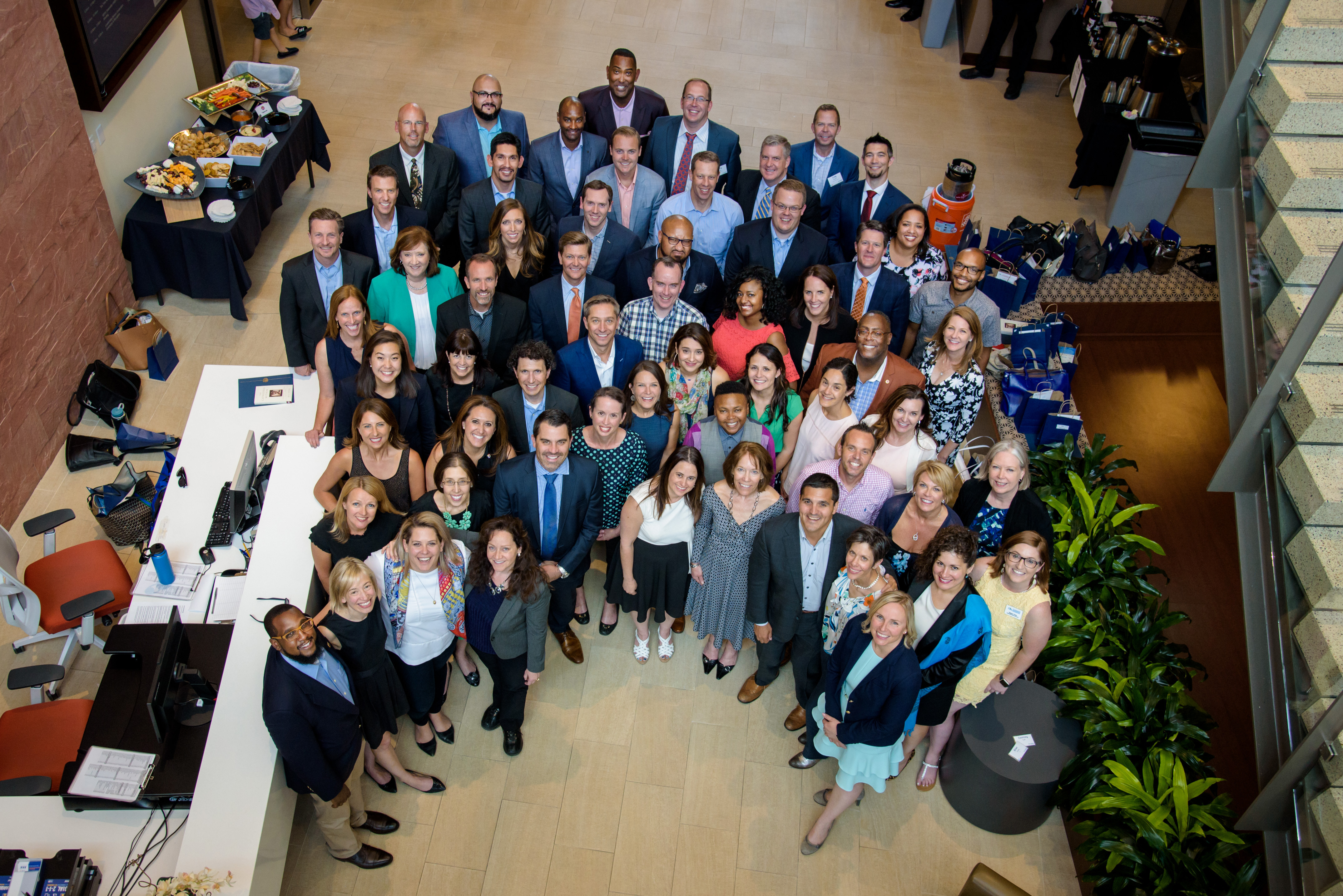
Leadership Denver project team focuses on mobility
Colorado had 638 traffic fatalities in 2017, and those fatalities have been on the rise since 2010.
Reducing the number of traffic fatalities is the focus of Denver Mayor Michael B. Hancock’s Denver Vision Zero Action Plan and mobility was one of the five key issues the mayor tasked the Denver Metro Chamber Leadership Foundation’s Leadership Denver (LD) 2018 class to tackle for their community impact projects.
Mayor Hancock, an LD ’93 alum, and his cabinet have partnered with LD classes over the past two years to tackle some of our community’s toughest issues, from addressing affordable housing to developing a workforce pipeline.
“We don’t just educate leaders – we inspire them to take action,” said Dan Lewis, executive director of the Leadership Foundation. “It’s been wonderful to partner with Mayor Hancock and challenge our LD classes to address those tough issues.”
The LD 2018 mobility team (comprised of Jason Brinkley, Snell & Wilmer LLP; Nick Colglazier, Colorado Competitive Council; Lou Cripps, RTD; Zach Detra, Davis Graham & Stubbs LLP; Sarah Hartley, Bryan Cave; John Herge, KPMG LLP; Lara Hussain, Denver Public Schools; and Michael Williams, U.S. Immigration and Customs Enforcement) researched trends in traffic fatalities across the country and found that an increase in distracted drivers was a factor in the number of fatalities.
Stopping distracted driving. The group found that educating consumers on how changing their driving behavior can reduce the number of fatalities and crashes on the road, but they needed data to understand those behaviors before they could change them.
There’s an app for that. There are a number of apps aimed at eliminating distracted driving, so the team chose not to reinvent the wheel. Cambridge’s Mobile Telematics app found success in Seattle and Boston. In fact, it was Seattle’s safest driver contest that led the LD team to green-light this app.
It incentivizes consumers to drive safely and it sends anonymous data back to organizations that can track not only where traffic fatalities occur, but also where the near misses happen.
“Near misses are just as important. It shows you where those pain points are – we can start to focus on those close calls, too,” Colglazier said.
When the LD class presented their project to Mayor Hancock in June, he thought the concept of the mobile app should be considered for the region. The LD team will present their findings to the Metro Mayors Caucus early next year.
“This can’t just be a Denver initiative,” Colglazier said. “It needs to be tackled at a regional level.”
Laura James is the senior marketing and communications specialist for the Denver Metro Chamber.
